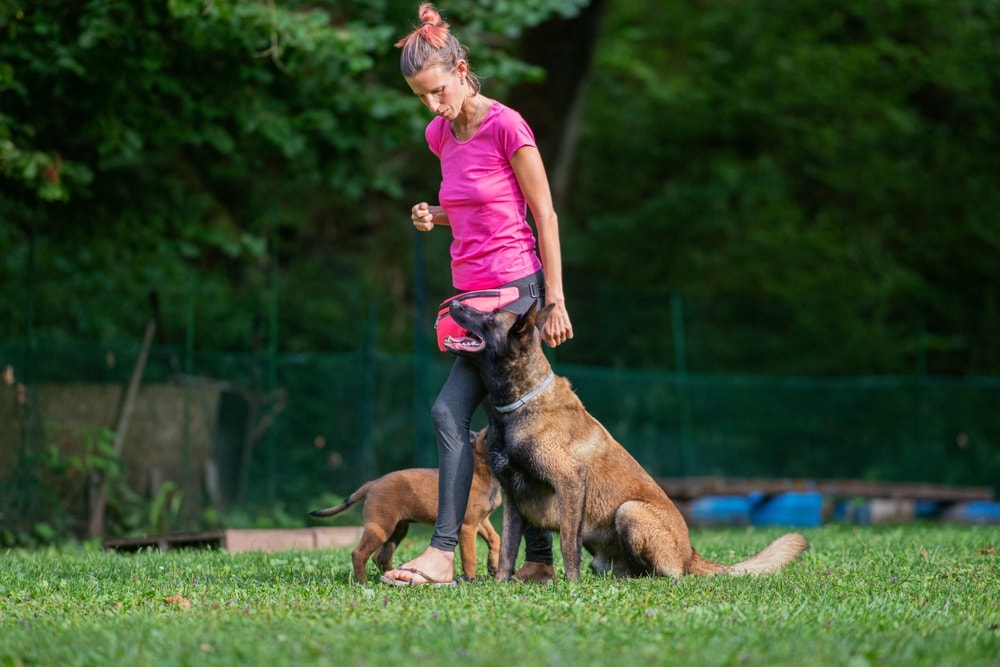Navigating Emergencies with Your Furry Friends
1. Understanding the Basics
As a responsible pet owner, it’s crucial to equip yourself with basic first aid knowledge. Recognizing common emergencies and understanding how to respond can make a significant difference in your pet’s well-being.
2. Recognizing Signs of Distress
Pets communicate differently than humans, and recognizing signs of distress is essential. Pay attention to changes in behavior, breathing difficulties, excessive panting, or unusual lethargy. These could be indicators of an underlying issue.
3. Creating a Pet First Aid Kit
Prepare a well-stocked first aid kit for your pet. Include essentials such as bandages, antiseptic wipes, tweezers, and any necessary medications. Having a dedicated kit ensures you’re ready to address minor injuries promptly.
4. Handling Cuts and Wounds
In the event of cuts or wounds, start by cleaning the area with a mild antiseptic solution. Use a sterile bandage to cover the wound, preventing infection. If bleeding persists, apply gentle pressure until it stops.
5. Dealing with Choking
Choking is a critical emergency. If your pet is conscious, attempt to clear the airway by performing the Heimlich maneuver. For unconscious pets, careful removal of any visible obstructions can be life-saving.
6. Understanding Poisoning Symptoms
Pets are curious, and accidental poisoning is not uncommon. Know the symptoms, including vomiting, diarrhea, lethargy, and seizures. If poisoning is suspected, contact your veterinarian or an emergency poison control hotline immediately.
7. Heat-Related Emergencies
Pets can suffer from heatstroke, especially in warmer climates. Signs include excessive panting, drooling, and lethargy. Move your pet to a cool place, provide water, and wet their fur to help regulate body temperature.
8. Insect Bites and Stings
Insects can pose a threat to your pet. If stung, remove the stinger using tweezers, clean the area, and apply a cold compress. Monitor for signs of an allergic reaction, such as swelling or difficulty breathing.
9. Broken Bones and Fractures
In the unfortunate event of a broken bone or fracture, immobilize the affected area using a splint or bandage. Transport your pet to the vet carefully, minimizing movement to prevent further injury.
10. Knowing When to Seek Professional Help
While first aid knowledge is valuable, there are situations where professional intervention is necessary. If your pet experiences severe injuries, prolonged seizures, or difficulty breathing, seek immediate veterinary care.
In conclusion, being a vigilant pet owner involves more than providing love and care. Equipping yourself with basic first aid skills ensures that you can act swiftly and decisively during emergencies, potentially saving your furry friend’s life.










Comments